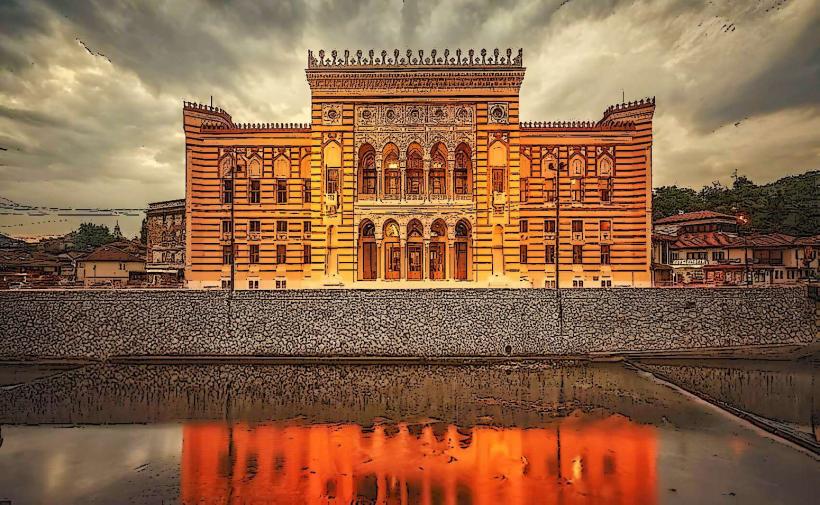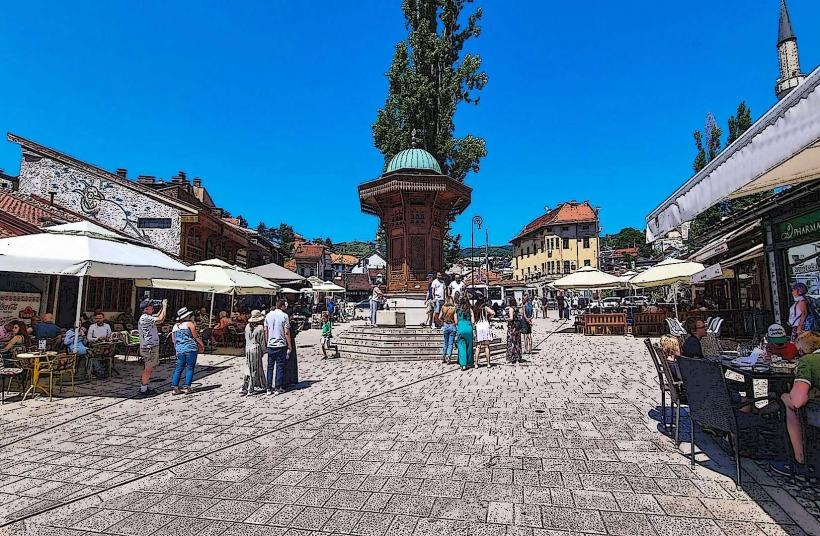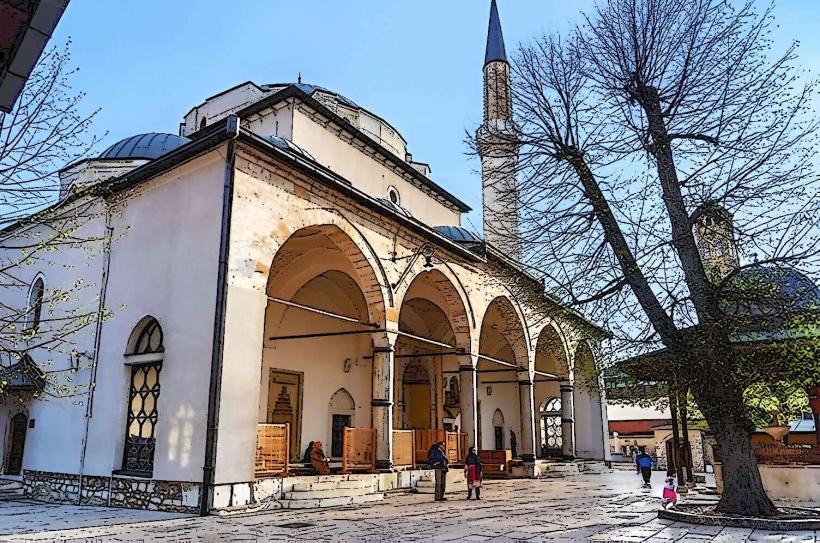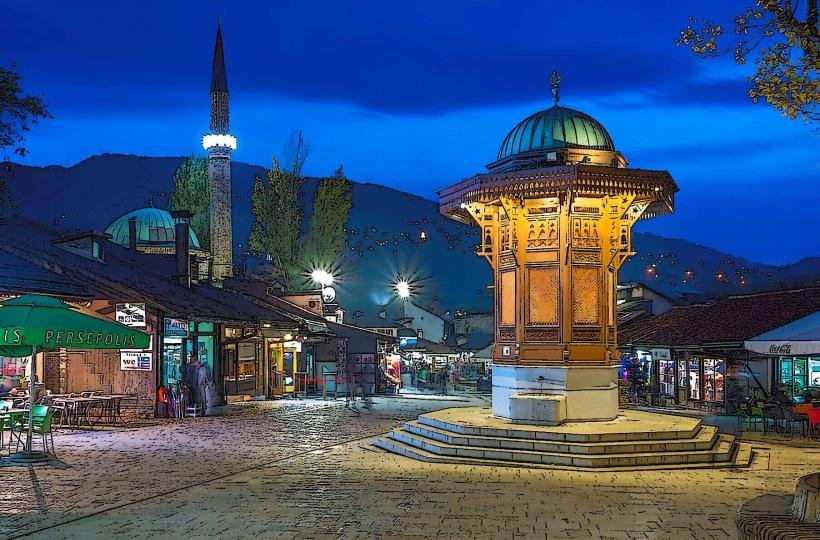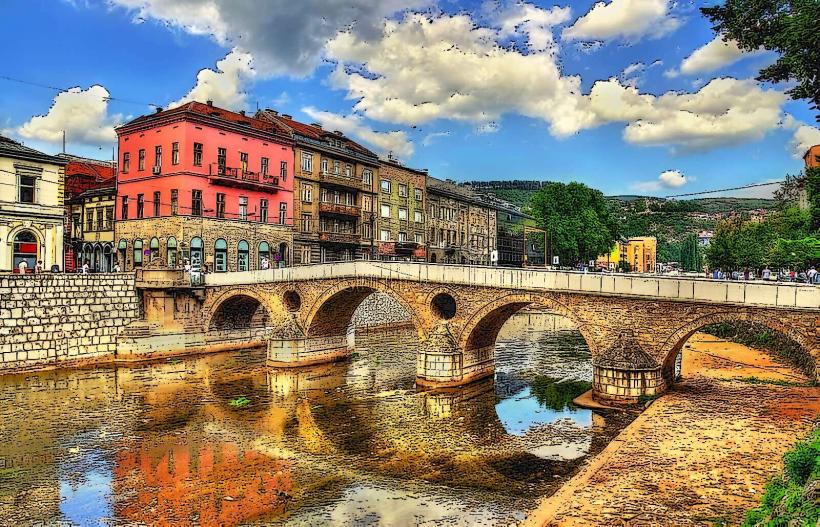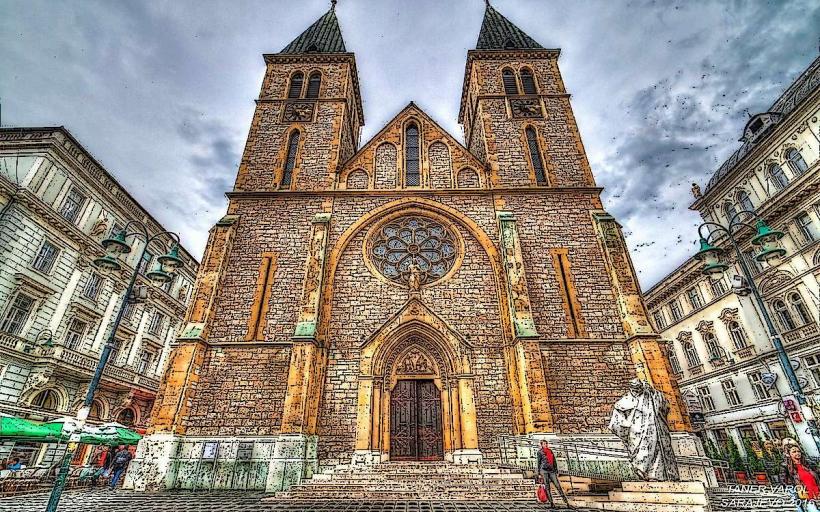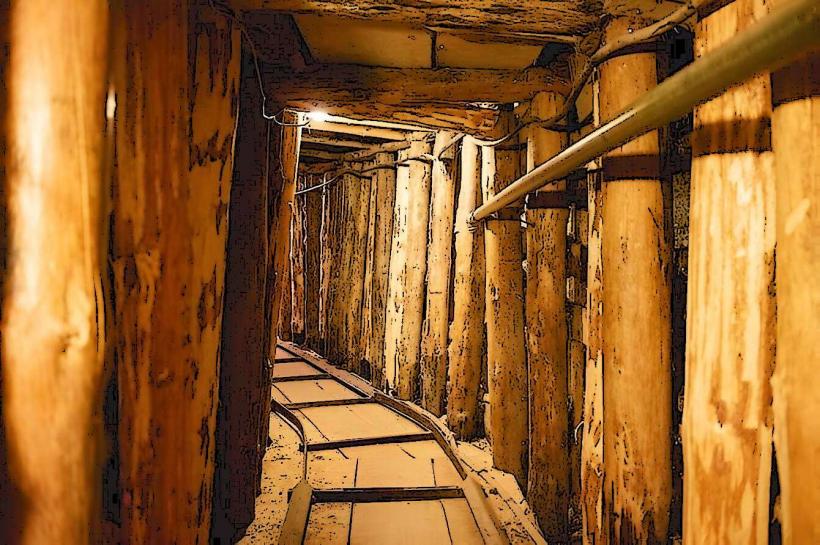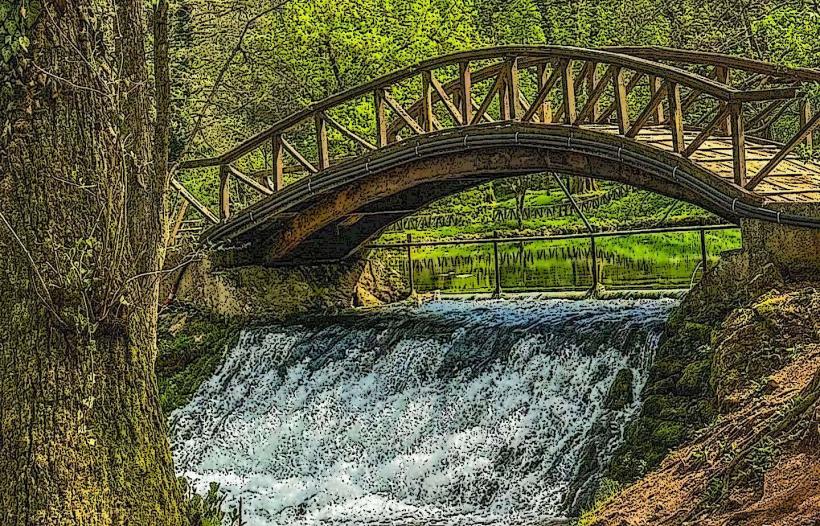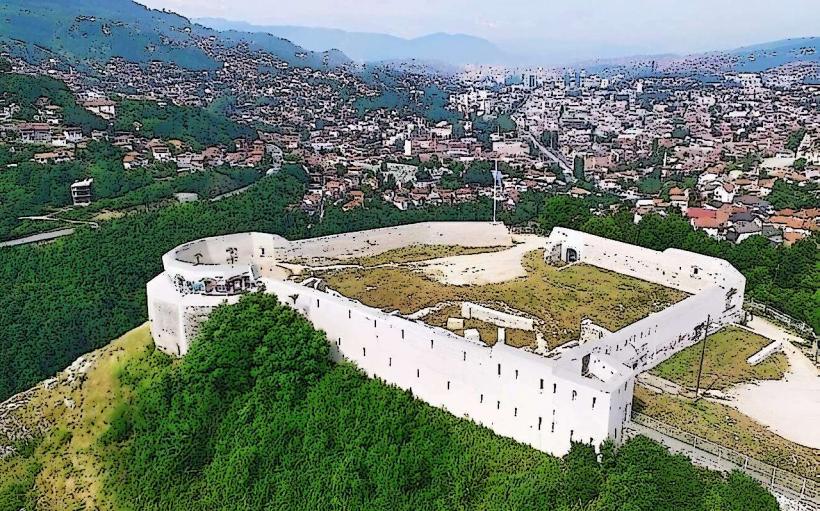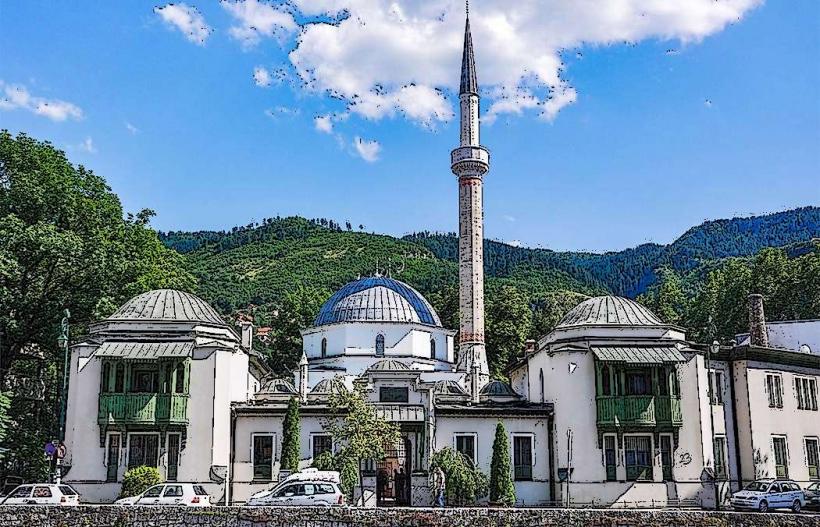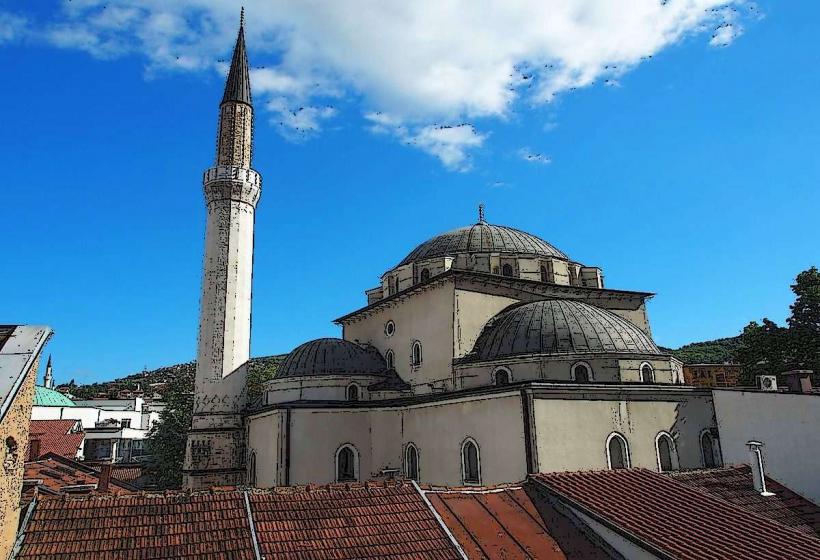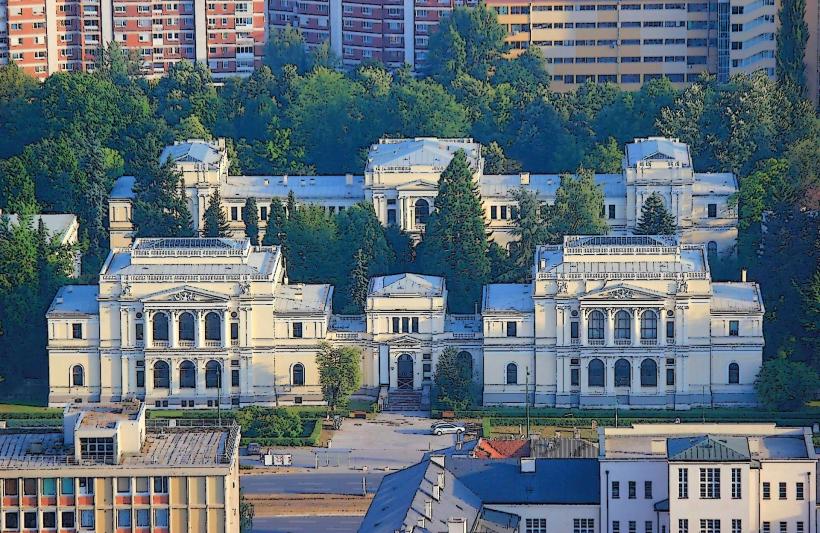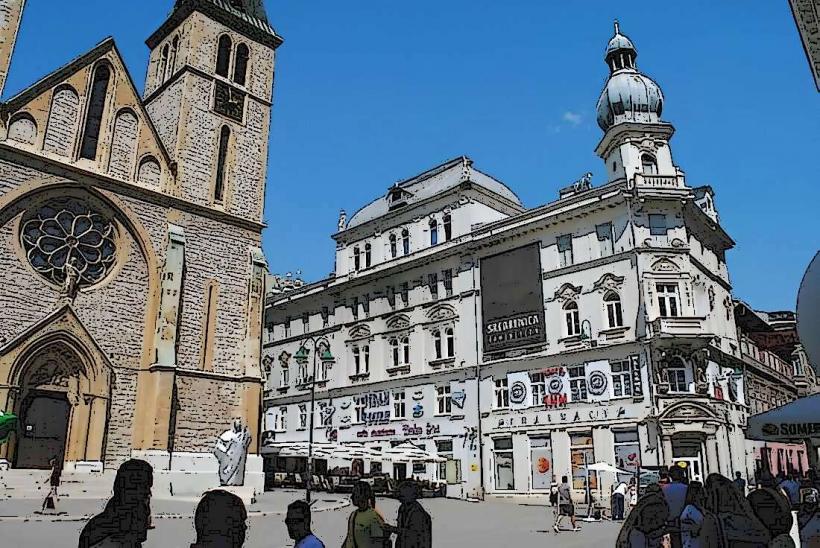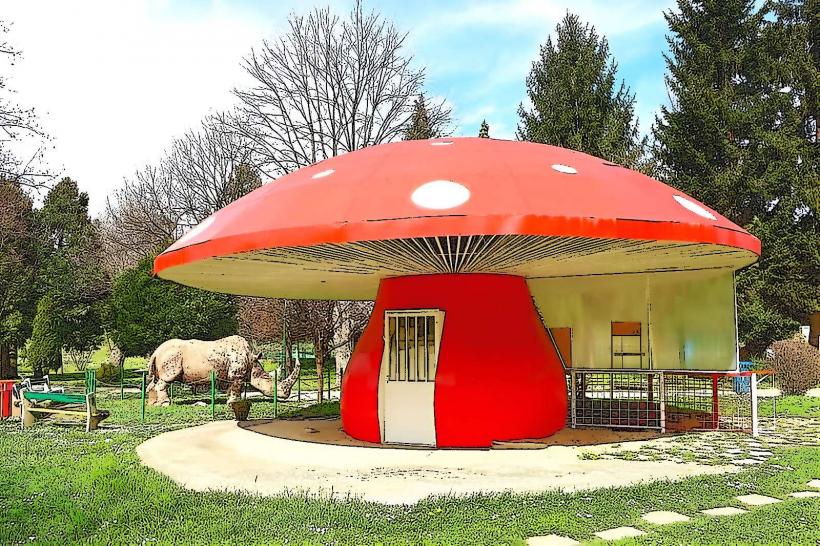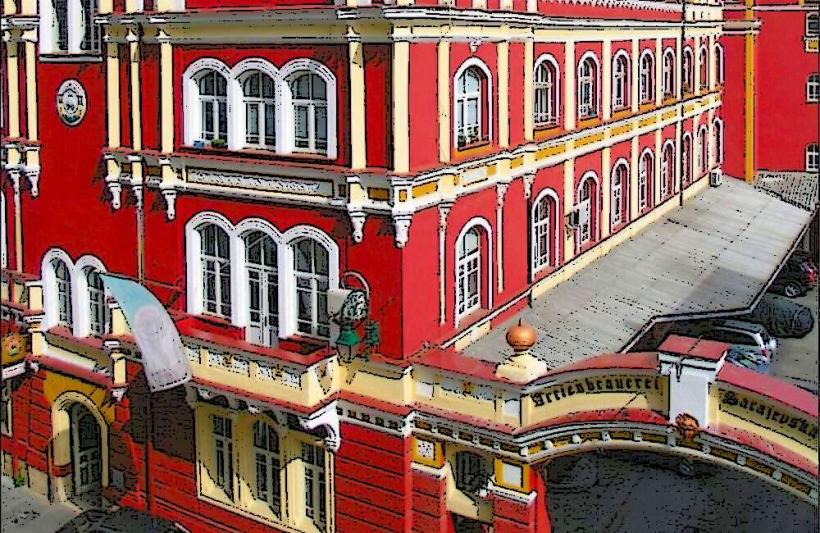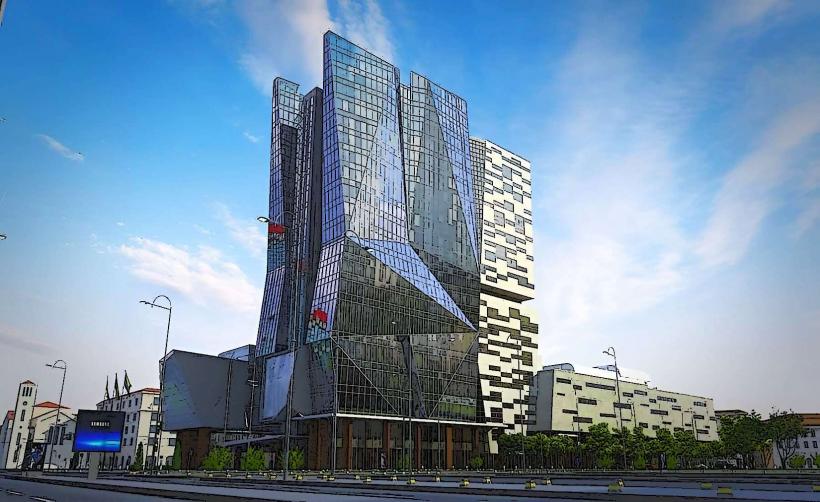Information
Landmark: Svrzo's HouseCity: Sarajevo
Country: Bosnia and Herzegovina
Continent: Europe
Svrzo's House (Bosnian: Svrzina Kuća) is a notable historical landmark in Sarajevo, Bosnia and Herzegovina, known for its significance in illustrating traditional Ottoman-era architecture and the way of life of Sarajevo's Muslim bourgeoisie during the 18th century.
Historical Background
Svrzo's House was built in the late 18th century and is a prime example of the Ottoman-style residential architecture in Sarajevo. It was the home of the Svrzo family, an affluent and influential family during the Ottoman period in Bosnia and Herzegovina. The house has remained relatively well-preserved, offering an authentic glimpse into the private lives of the city’s Muslim elite during the Ottoman rule.
The house was constructed at a time when Sarajevo was expanding and developing as a significant urban center under the rule of the Ottoman Empire. During this period, Sarajevo saw the growth of a wealthy Muslim class that embraced Ottoman cultural traditions while also adapting to the changes in society. Svrzo's House serves as an important piece of the historical puzzle of Sarajevo’s cultural and social development.
The house is now a museum, managed by the Museum of Sarajevo, where visitors can learn about the traditional lifestyle, customs, and architecture of the Ottoman and Balkan Muslim upper class.
Architectural Features
Design: The house is designed in the traditional Ottoman style, characterized by modest exterior elements, while the interior is elaborately decorated. The facade of the house is relatively simple, with a small number of windows, a solid door, and wooden details, reflecting the architectural styles of 18th-century Ottoman homes.
Interior: The interior of the house is divided into several rooms that are representative of the era’s living spaces. It is designed to reflect the wealth of the Svrzo family, featuring ornate furnishings, handwoven carpets, embroidered textiles, and wooden elements typical of Ottoman interiors.
Courtyard: Like many traditional Ottoman homes, Svrzo's House has an interior courtyard or garden, providing privacy and space for family activities. The courtyard is a key element of the design, offering a secluded and peaceful area that was common in upper-class homes of the period. This area is used for both social gatherings and domestic chores.
Rooms and Decoration: The house features several distinct rooms that were used for different purposes. The harem (the private area for women) was a central part of the house, reflecting the traditional gender roles and segregation that were typical in the Ottoman social structure. Rooms like the salon (for receiving guests) and the dining room are decorated with Ottoman-style furniture, such as low sofas, carved wooden furniture, and intricate carpets.
Materials: The house was built using locally sourced materials, including stone, wood, and brick, with large windows allowing for air circulation and light. The craftsmanship is characteristic of the Ottoman period, where artisanship was highly valued, especially in residential buildings.
Cultural and Historical Significance
Lifestyle of the Elite: Svrzo's House is an exceptional example of the lifestyle of Sarajevo’s Ottoman Muslim bourgeoisie during the 18th century. The house showcases the wealth and refinement of the family that lived there, highlighting how the Ottoman elite in Sarajevo integrated elements of Islamic and Ottoman culture into their daily lives, while also adapting to local customs and needs.
Gender and Social Structure: The design of the house also reveals much about the gender roles and social hierarchies in Ottoman society. For example, the harem was a secluded space for women, reflecting the segregated spaces for men and women within Ottoman homes. The family’s interactions with guests and public figures would typically take place in the salon or public areas of the house.
Symbol of Sarajevo’s Ottoman Heritage: The house is a symbol of Sarajevo’s Ottoman past, reflecting the blend of cultures and social dynamics that defined the city for centuries. It is an important educational site for understanding the domestic life, social customs, and material culture of the Ottoman elite in Sarajevo and the broader Balkans.
Museum and Education: Today, Svrzo's House is a museum where visitors can explore the historical significance of the house and learn about Sarajevo’s history during the Ottoman period. The museum offers a detailed look at traditional Bosnian interior design, Ottoman architecture, and the lifestyle of the affluent Muslim families of that era.
Svrzo's House in Modern Times
Restoration and Preservation: Since the Bosnian War (1992–1995), the house has been carefully restored and preserved. Efforts have been made to maintain the authentic Ottoman features of the house, ensuring that it accurately reflects the time period during which it was built. The restoration process was an essential part of the broader efforts to restore Sarajevo's historical landmarks after the destruction caused by the war.
Museum and Visitor Experience: Today, Svrzo's House serves as a museum where tourists and locals alike can explore its rooms, courtyard, and exhibits. The museum offers visitors a chance to learn more about Ottoman culture, Bosnian history, and Sarajevo’s unique place within the Ottoman Empire.
- The house is located in the Baščaršija area, which is the historic core of Sarajevo, making it a convenient stop for those interested in Sarajevo’s Ottoman history and architectural heritage.
Educational Programs: The museum also organizes various educational programs, exhibitions, and events that focus on Sarajevo’s cultural heritage, offering valuable insights into the city’s Islamic and Ottoman traditions.
Conclusion
Svrzo's House is a crucial part of Sarajevo’s Ottoman heritage and offers visitors a unique opportunity to step back in time and experience the lifestyle of the city’s Muslim elite during the 18th century. With its traditional Ottoman design, modest exterior, and beautifully preserved interior, it stands as an important historical and cultural landmark in Sarajevo. It remains an educational resource for understanding the intersection of Bosnian, Ottoman, and Islamic traditions, making it a must-visit location for anyone interested in the rich cultural tapestry of Sarajevo and its long history.

